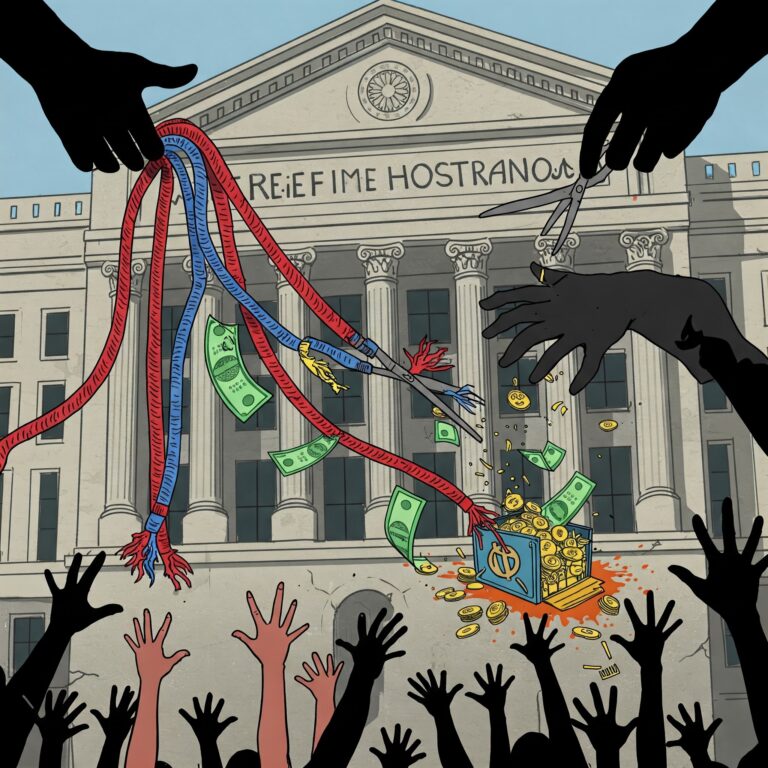Exploited Lifelines: Anatomy of a Multi-Million Dollar Pandemic Relief Fraud – The Fayetteville Case
1. Introduction: Anatomy of a Pandemic Fraud – The Fayetteville Case In a Fayetteville, Arkansas federal courtroom, the carefully…

1. Introduction: Anatomy of a Pandemic Fraud – The Fayetteville Case In a Fayetteville, Arkansas federal courtroom, the carefully…